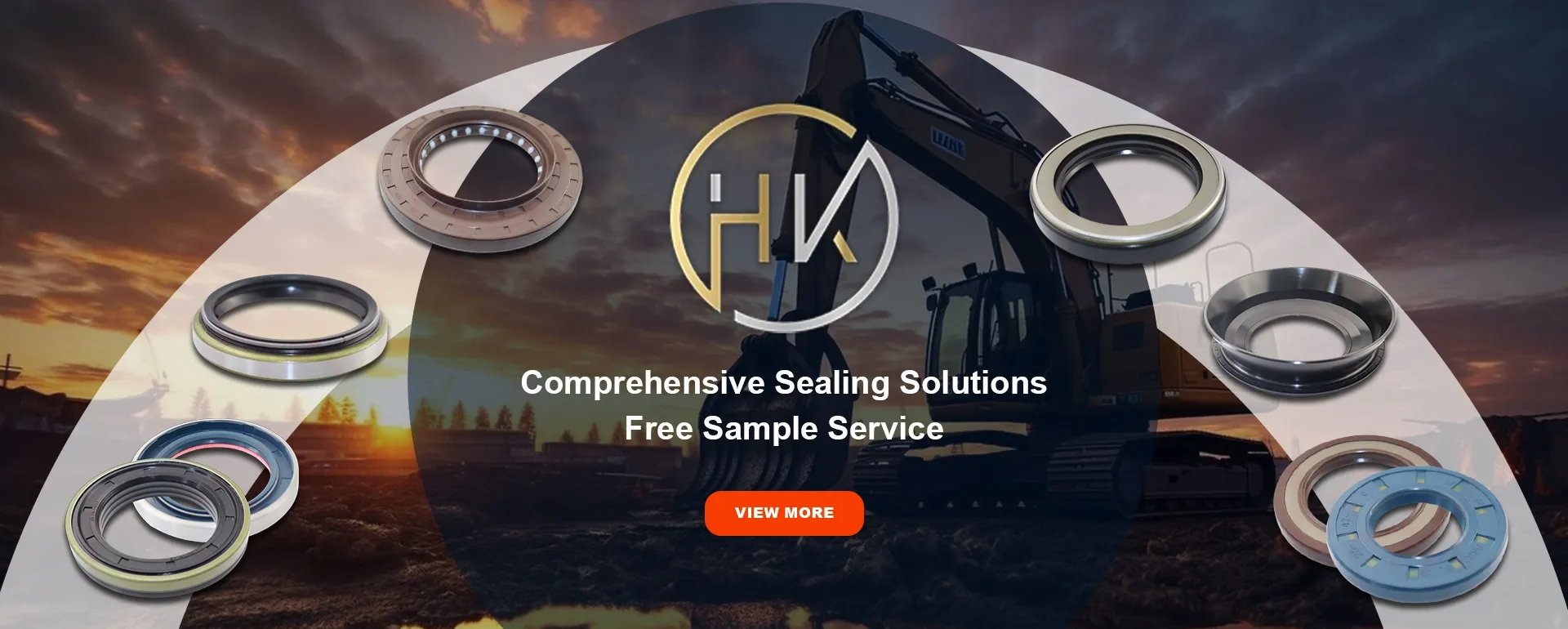Nov . 05, 2024 18:35 Back to list
oil seal
Understanding Oil Seals Essential Components in Mechanical Efficiency
Oil seals, often referred to as grease seals or shaft seals, are critical components in various mechanical applications. Their primary function is to prevent the leakage of lubricants, such as oil or grease, and to keep contaminants such as dust, dirt, and moisture from entering the machinery. This ensures that equipment operates efficiently and has a prolonged lifespan. Despite their small size, oil seals play a vital role in the overall functioning of countless machines, ranging from automotive engines to industrial machinery.
Construction of Oil Seals
Oil seals are typically composed of several materials, with rubber being the most common due to its elasticity and resistance to various chemicals. Other materials used in oil seals include polyurethane, silicone, and metal. These components are designed to accommodate different operating conditions, such as temperature fluctuations and exposure to various chemicals.
The basic construction of an oil seal includes a sealing lip, a metal casing, and a spring. The sealing lip is designed to fit closely against the shaft or housing, creating a barrier to prevent the escape of lubricants and the ingress of contaminants. The metal casing provides structural support and helps the seal maintain its shape under pressure. The spring reinforces the sealing lip, ensuring it maintains contact with the shaft, even during vibrations and movements.
Types of Oil Seals
There are several types of oil seals, each suited for different applications. The most common types include
1. Single Lip Seals These are designed for standard applications where there is one side of lubrication and one side exposed to the environment. They typically consist of a sealing lip and a metal casing.
2. Double Lip Seals As the name suggests, these seals have two sealing lips, providing additional protection against contaminants and improving the retention of lubricants. They are ideal for high-contamination environments.
oil seal

3. Rotary Seals These are specifically designed for rotating applications, such as shaft seals in motors and pumps. They accommodate the rotational movement while preventing leaks effectively.
4. V-Rings A type of seal that fits over a shaft, providing a seal at the outside diameter. V-rings are typically used in conjunction with another sealing component to prevent contamination.
5. Custom Shapes In some applications, standard oil seals may not be sufficient. Manufacturers often produce custom-shaped seals to meet specific requirements, ensuring maximum efficiency and protection.
Applications of Oil Seals
Oil seals are ubiquitous in various industries. In automotive applications, they are used in engines, transmissions, and wheel hubs to maintain the integrity of lubricants and prevent leakage, which can lead to critical failures. In industrial machinery, oil seals protect critical components like bearings and gears, where lubrication is essential for reducing friction and wear.
The agricultural sector also relies heavily on oil seals in equipment such as tractors and harvesters, where the unpredictable environment and heavy use demand durable and reliable sealing solutions. Additionally, oil seals are instrumental in marine applications, where they protect engine components from water ingress while ensuring oil remains contained.
The Importance of Maintenance
While oil seals are designed to last, their lifespan can be affected by several factors, including operating conditions, contamination, and wear. Regular maintenance checks can help identify potential issues before they lead to costly repairs or replacements. Signs of a failing oil seal include oil leaks, unusual noises from machinery, or visible wear on the seal itself.
In conclusion, oil seals, though often overlooked, are fundamental components in many mechanical systems. Their ability to prevent lubricant leakage and protect against contaminants ensures machinery operates efficiently and reliably. By understanding the types, applications, and importance of maintenance for oil seals, engineers and technicians can better optimize machinery performance and extend the service life of crucial equipment. Investing in high-quality oil seals and adhering to a proactive maintenance schedule is essential for achieving mechanical efficiency and reliability across numerous industries.
-
TCN Oil Seal Metal Ring Reinforcement for Heavy Machinery
NewsJul.25,2025
-
Rotary Lip Seal Spring-Loaded Design for High-Speed Applications
NewsJul.25,2025
-
Hydraulic Cylinder Seals Polyurethane Material for High-Impact Jobs
NewsJul.25,2025
-
High Pressure Oil Seal Polyurethane Coating Wear Resistance
NewsJul.25,2025
-
Dust Proof Seal Double Lip Design for Construction Equipment
NewsJul.25,2025
-
Hub Seal Polyurethane Wear Resistance in Agricultural Vehicles
NewsJul.25,2025
-
The Trans-formative Journey of Wheel Hub Oil Seals
NewsJun.06,2025
Products categories
















